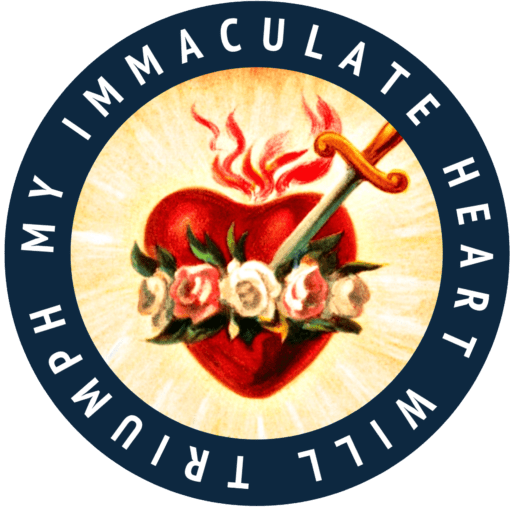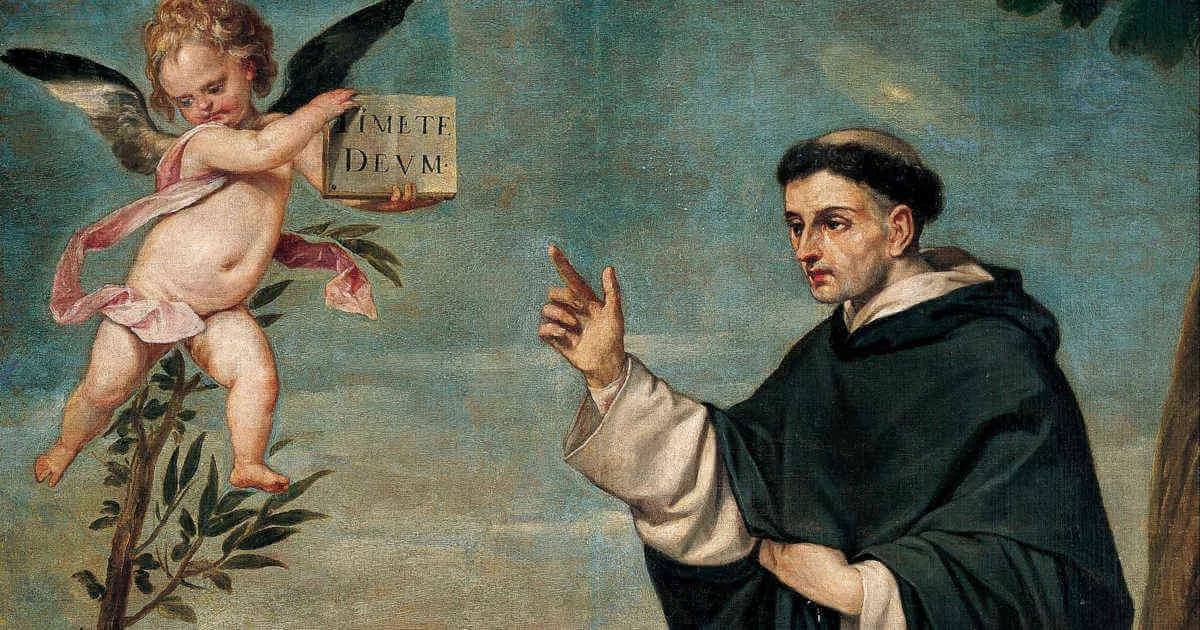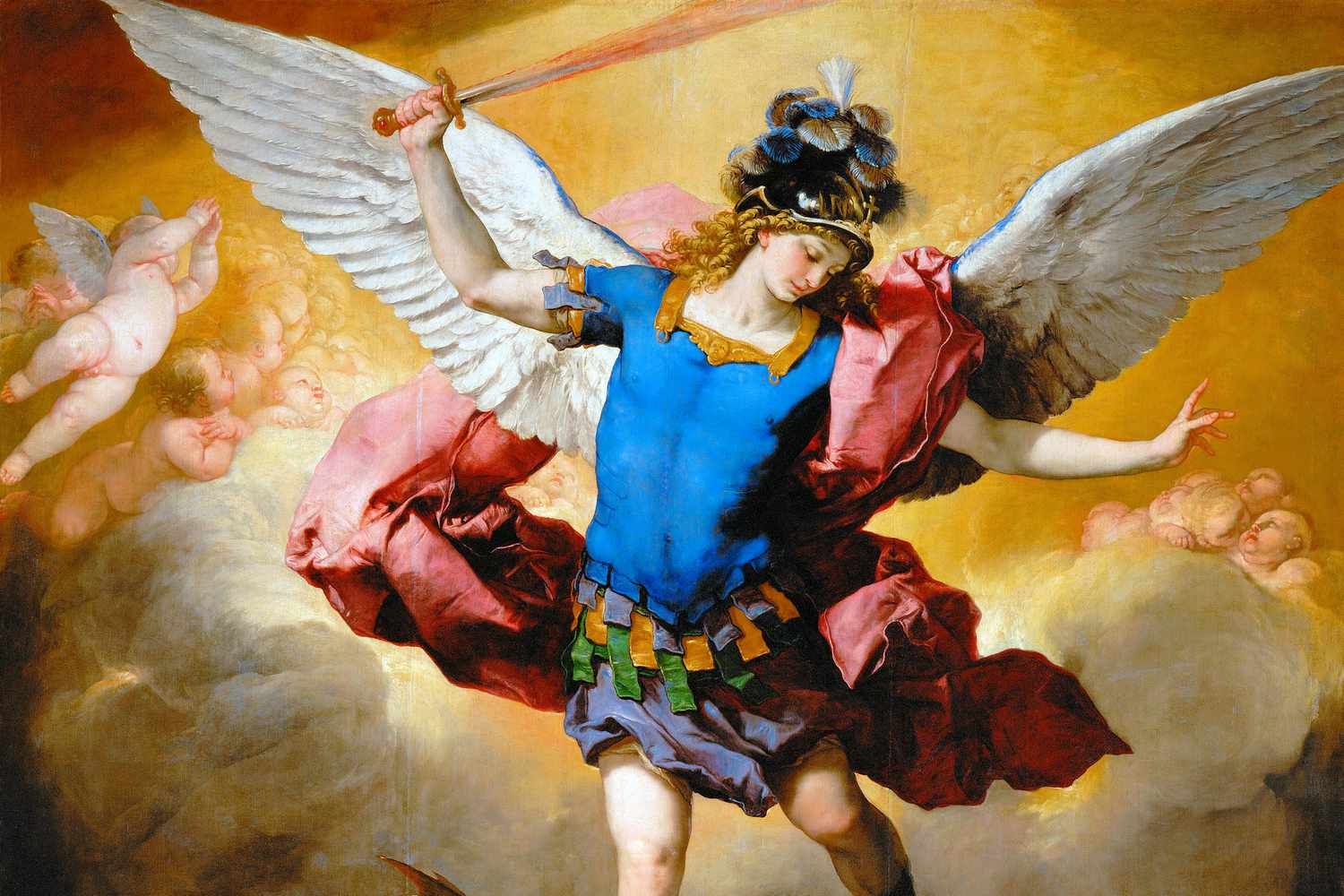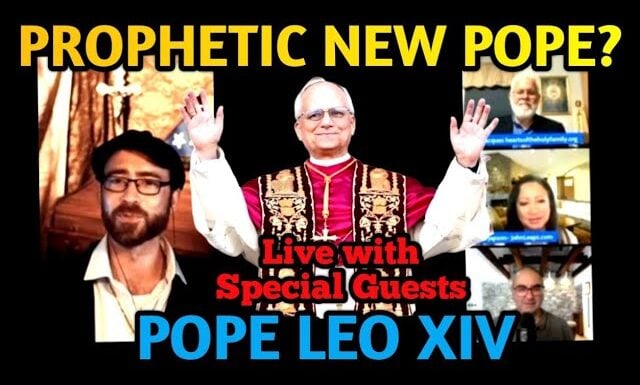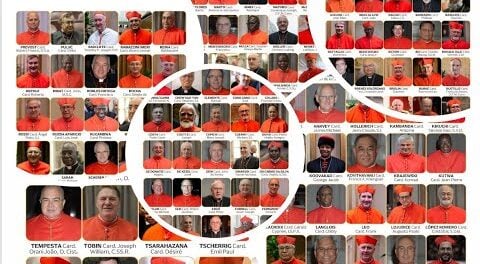
Category: Catholic Motivation
-
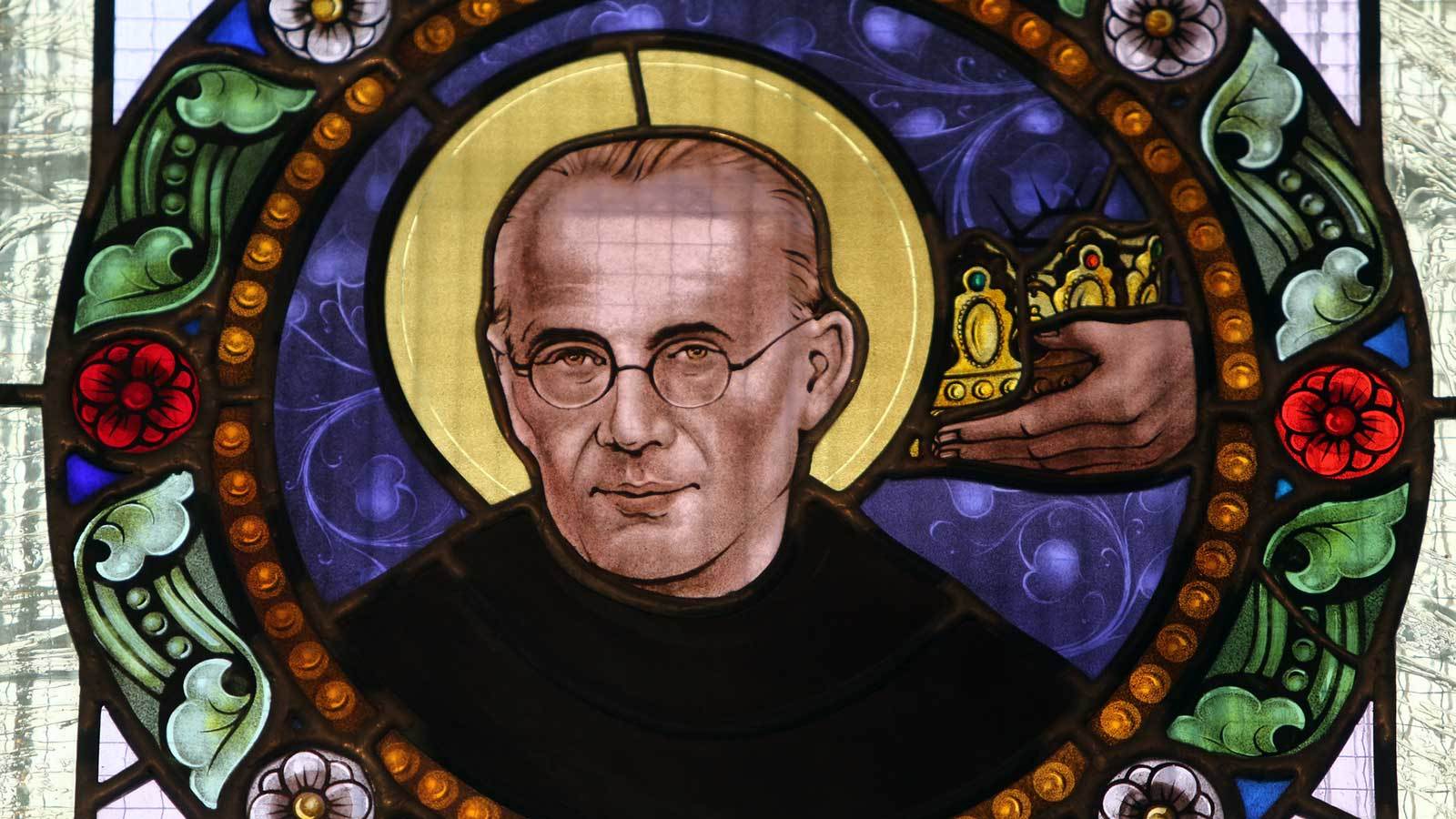
St. Maximilian Kolbe’s weapon for evangelization: the Miraculous Medal
Read More: St. Maximilian Kolbe’s weapon for evangelization: the Miraculous MedalAs World War II raged around him in Poland, St. Maximilian Kolbe fought for souls using a printing press and another “weapon” — the Miraculous Medal. “Even though a person be the worst sort, if only he agrees to wear the medal, give it to him … and then pray for him, and at the…
-
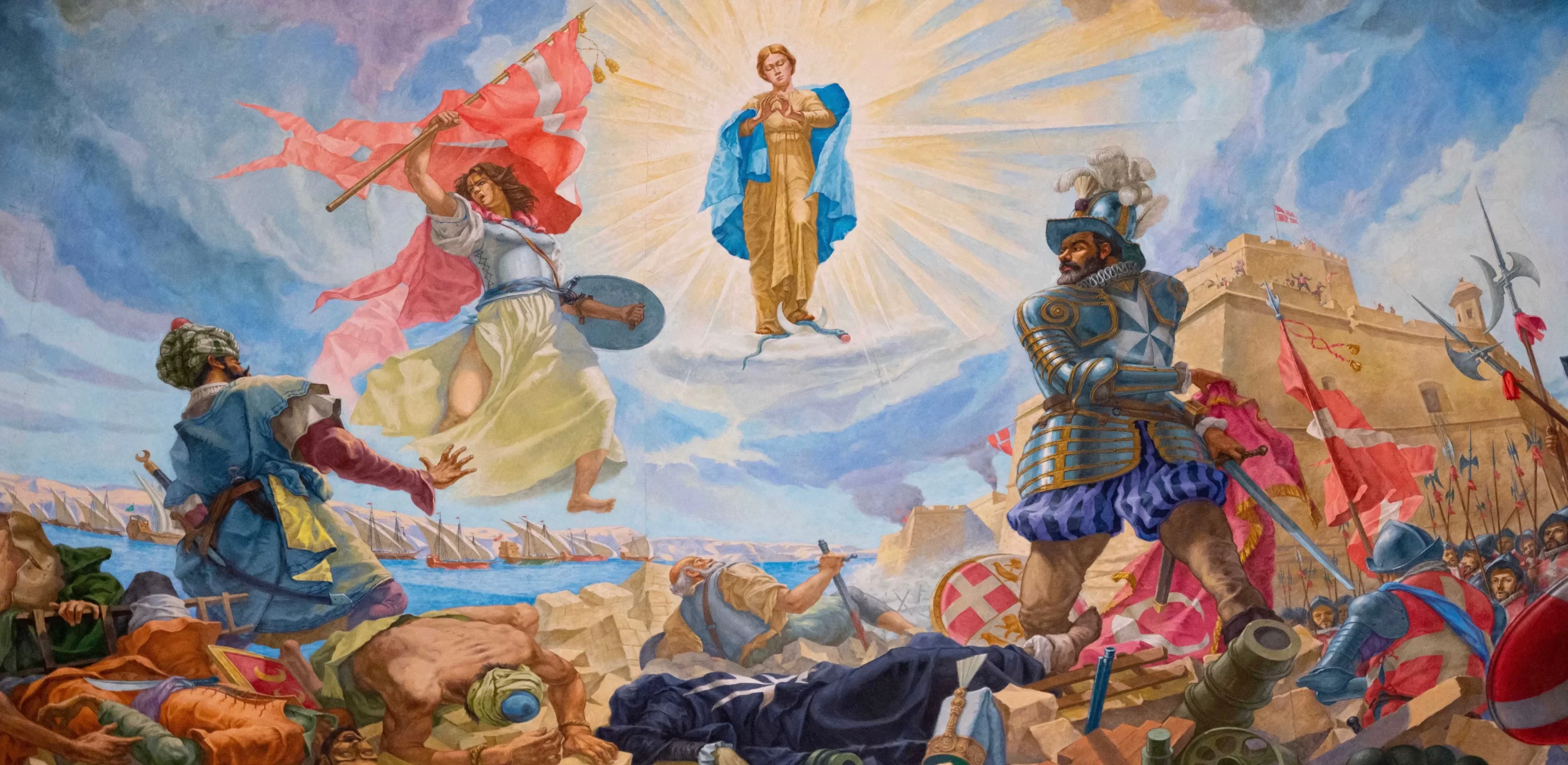
Miracles in Malta: Grace Through Mary’s Intercession!
Read More: Miracles in Malta: Grace Through Mary’s Intercession!he Maltese Archipelago is renowned for its picturesque coastline, exceptional diving spots, and vibrant festas. It also holds a deep and ancient devotion to the Virgin Mary, manifested in several Marian shrines popularly and officially recognized as being miraculous. The rich history and significance of these shrines, and the numerous Marian miraculous events and icons found in this…
-

SAVE THE POST! Daily Prayer to Mary for the Nation Before the November 5 US Presidential Election
Read More: SAVE THE POST! Daily Prayer to Mary for the Nation Before the November 5 US Presidential ElectionO Most Blessed Virgin Mary, Mother of Mercy, at this most critical time, we entrust the United States of America to your loving care. Most Holy Mother, we beg you to reclaim this land for the glory of your Son. Overwhelmed with the burden of the sins of our nation, we cry to you from…
-
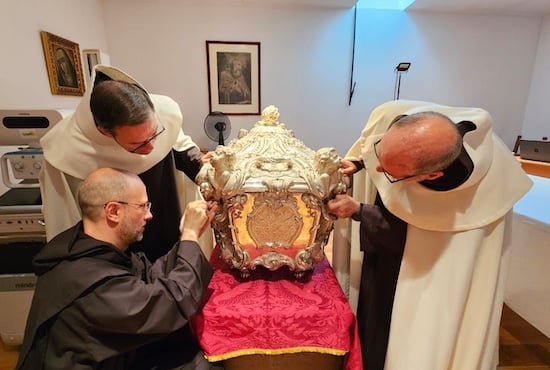
Teresa of Avila’s tomb opened! (Photos & Video)
Read More: Teresa of Avila’s tomb opened! (Photos & Video)A team of researchers will spend the next four days studying the body of St. Teresa of Avila, after her tomb was opened this August 28. The doctor of the Church rests in the town where she died, in northwestern Spain, Alba de Tormes. Teresa died in 1582 and in the following centuries, there was…
-
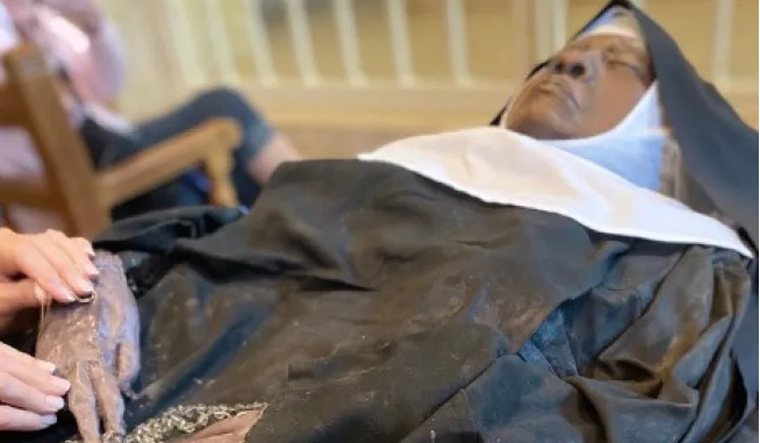
Miracle in America: Medical Report Confirms Another Nun’s Body Incorrupt
Read More: Miracle in America: Medical Report Confirms Another Nun’s Body IncorruptFollowing a months-long investigation, the bishop of Kansas City-St. Joseph, Missouri, has concluded that the body of a Midwestern nun buried in 2019 appears to be “incorrupt.” “Within the limits of what has been observed during this time, the body of Sister Wilhelmina Lancaster does not appear to have experienced the decomposition that would…
-
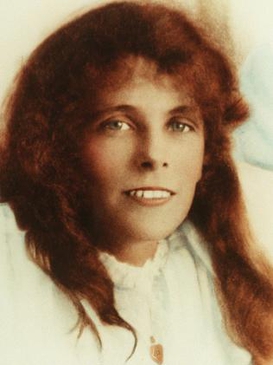
Australia Sends Its Next Sainthood Cause to the Vatican!
Read More: Australia Sends Its Next Sainthood Cause to the Vatican!According to The Catholic Weekly, Archbishop Anthony Fisher “officially signed off on the final decree for the acts of the cause at Cathedral House, alongside members of the Eileen O’Connor tribunal and the historical commission, who hope the Servant of God will become Australia’s second saint.” So far, Australia has one canonized saint, Mary MacKillop. The…
Search
Popular Posts
-
🙏 A New Chapter Begins: Supporting Pope Leo XIV with Prayer and Hope | W/ Daniel O’Connor
“Give the new pope a break and support him with your prayers.”–…
-
Possible Candidates for The Next Pope!
Some Candidates for the New Papacy Today we will share with you…
Categories
Archives
Tags
#Miracles (103) 2023 (4) 2024 (4) approved miracles (2) catholic (142) catholic blog (376) catholic meditations (7) catholic miracles (372) catholic motivation (2) catholic news (372) catholic prayers (4) CatholicSeers (359) catholic vlog (376) catholic websites (6) Eucharistic miracle (2) fr jim blount (3) GisellaCardia (11) hamas (3) imitation of christ (2) Israel (4) israel live (5) Israel news (9) jesus (3) jesus christ (4) Latest messages (11) lent 2023 (10) lent 2024 (4) lent homily (2) lent retreat (4) lent retreat 2023 (3) Lourdes (2) messages from god (6) MessagesFromHeaven (365) miracles of catholic church (2) mother and refuge (2) ourlady (325) OurLadyApparitions (22) our lady of lourdes (2) Pope (2) POPE francis (3) pope francis news (2) prayers (3) real miracles (357) sacred heart of jesus (2) The Miracles of Lourdes (2)
